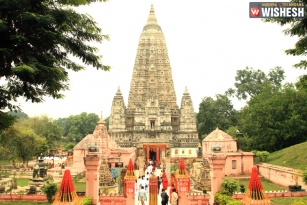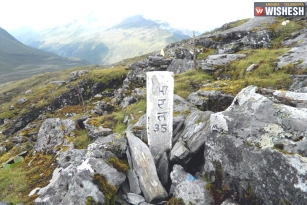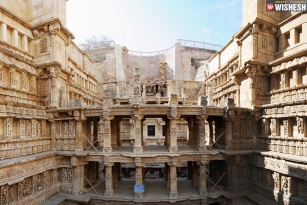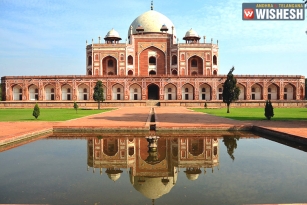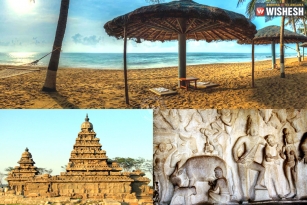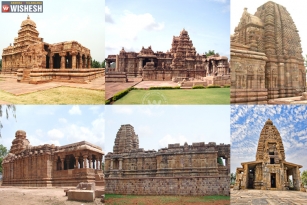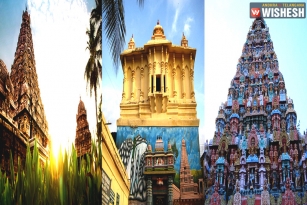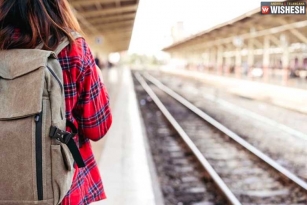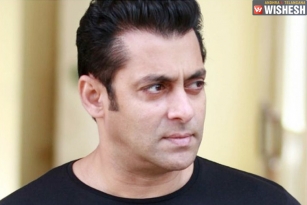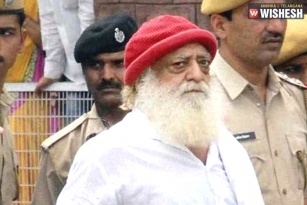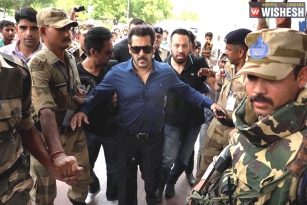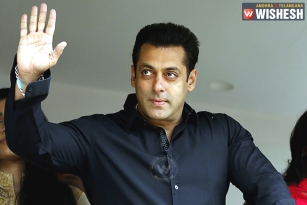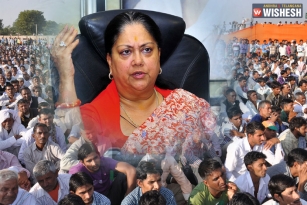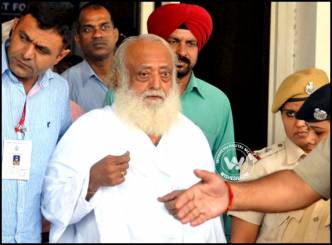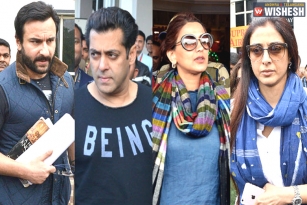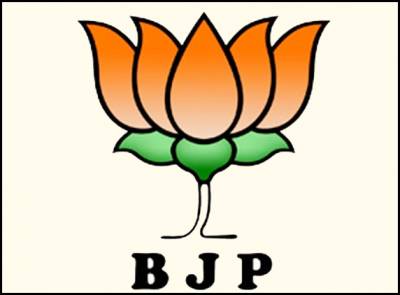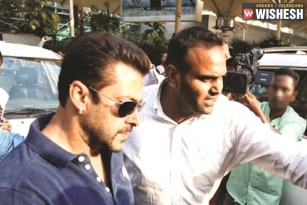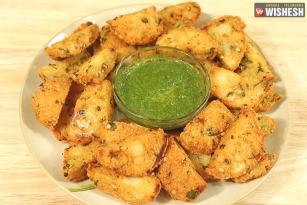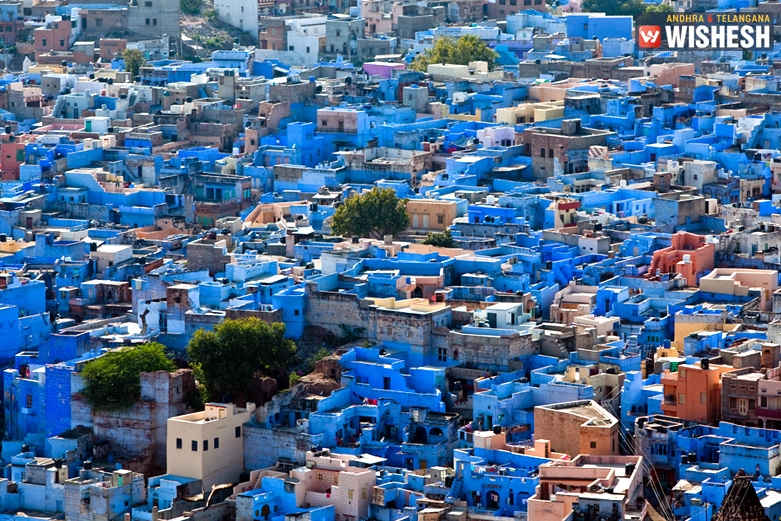
Jodhpur is the second largest city in the state of Rajasthan, India. The city is known as the "Sun City" for the bright, sunny weather it has all the year round. It is also referred to as the "Blue City" due to the vivid blue-painted houses around the Mehrangarh Fort. It is centrally situated in the western region of the state. It is bounded by Nagaur in the east, Jaisalmer in the west, Bikaner in the north and Barmer and Pali in the South. Jodhpur lies between the 26 degrees 0 minutes and 27 degrees 37 minutes north latitude and 72 degrees 55 minutes and 73 degrees 52 minutes east longitude. The climate of Jodhpur is generally hot and semi-arid, with a rainy season from late June to September.
How to reach
Air: Jodhpur Airport has daily flights from Delhi and Mumbai to the city operated by Air India and Jet Airways.
Rail: Jodhpur railway station is the divisional headquarters of the North Western Railways (NWR). It is well connected with railways to the major Indian cities such as Alwar, Delhi, Mumbai, Kolkata, Chennai, Bangalore, Trivandrum, Pune, Kota, Kanpur, Bareilly, Hyderabad, Ahmedabad, Indore, Bhopal, Dhanbad, Guwahati, Nagpur, Lucknow, Gwalior, Jaipur etc.
Road: Jodhpur is well connected by road to all major cities in Rajasthan and neighbouring states like Delhi, Ahmedabad, Surat, Ujjain, Agra etc. Jodhpur is connected to the National Highway network with three National Highways and to the Rajasthan State Highway network with ten state highways.
History
Jodhpur history is indelibly linked to the Rathore clan. The origins can be traced to the clan's leader, Rao Jodha, who is the founder of Jodhpur in 1459. The Rathores were fled from Kaunaj to Pali, which is the site of present day Jodhpur. Rathore Siahaji was married to the sister of a local prince which has helped Rathores to establish the clan in the region. Eventually, the clan ousted the Pratiharas, who were the rulers of Mandore. They established their capital at Mandore for a short time. After that the site of Jodhpur or the 'Sun City' was chosen by Rao Jodha as the capital city.
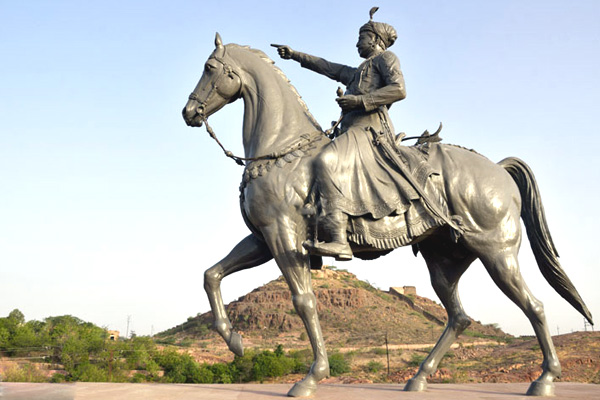
With the exception of Aurangzeb, the Rathores maintained good relations with the Mughals.in fact, Maharaja Jaswant Singh supported Shahjahan when he struggled for succession to the throne. After the death of Aurangzeb, Maharaja Ajit Singh forced out the Mughals from Ajmer and annexed the land to Marwar (as Jodhpur was known at that time). During the reign of Maharaja Umed Singh, Jodhpur prospered and developed into a modern city.
At the time of the British Raj and Jodhpur prospered, as did the Marwaris, who were the merchants of that time. When India achieved independence in 1947, the state joined the union of India and became the part of the larger state of Rajasthan.
Festivals
Jodhpur is a place which is having festivals in abundance. Jodhpur fairs and festivals express the rich culture and traditions of Rajasthan. The most famous Fairs and festivals in Jodhpur are:
Sheetlamata Fair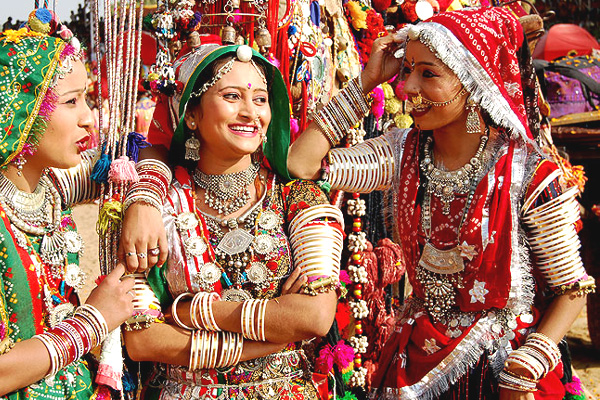
It is organized at a place locally known as ‘Kaga’ in Jodhpur City. This fair to is held on Chaitra Badi 8 (March-April) every year. Thousands comes to this fair to pay homage to Sheetla Mata.
Chamunda Mata Fair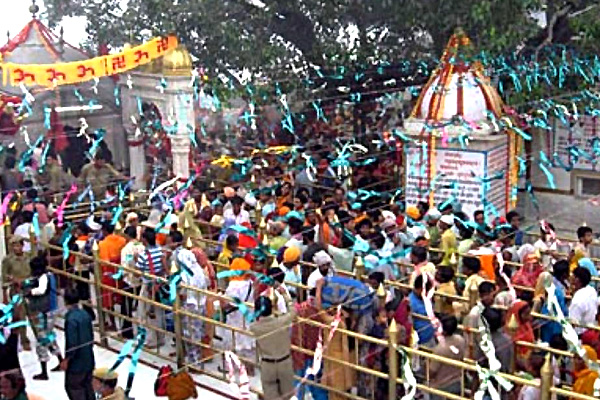
The Temple of Chamunda Mata is located in the Jodhpur Fort. Chamunda Mata is the family deity of Rathores (the former rulers of Jodhpur State). A fair is held on Ashvina Sudi 9 (September-October).
Veerpuri Fair at Mandore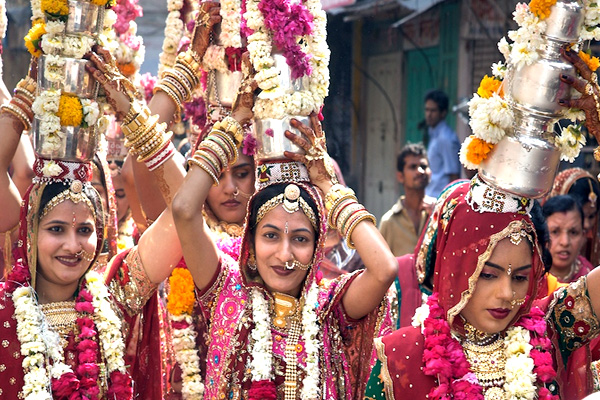
A fair is held at Mandore, in the memory of the heroes of Rajasthan on the penultimate Monday of Shravana (July-August) every year. Offerings of cash, coconuts and sweets are placed before the idols of deities-Ganesh, Bhairon, Chamunda and Kankali.
Dashehra Fair at Massoria Hill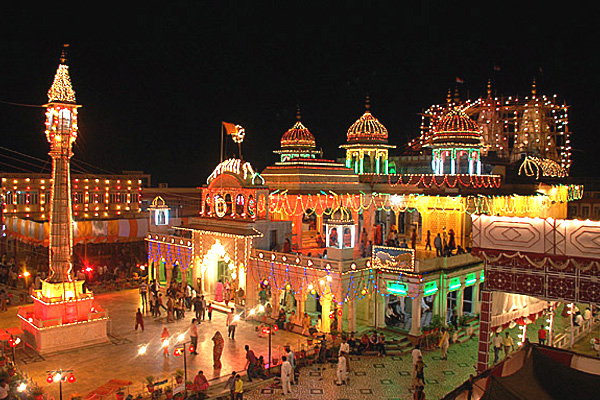
The Massoria hillock has been developed as a beautiful picnic spot. A fair is organized on Ashvina Sudi 10 (September-October) every year as ‘Rawan-ka Chabutra’.
Nau Sati Ka Mela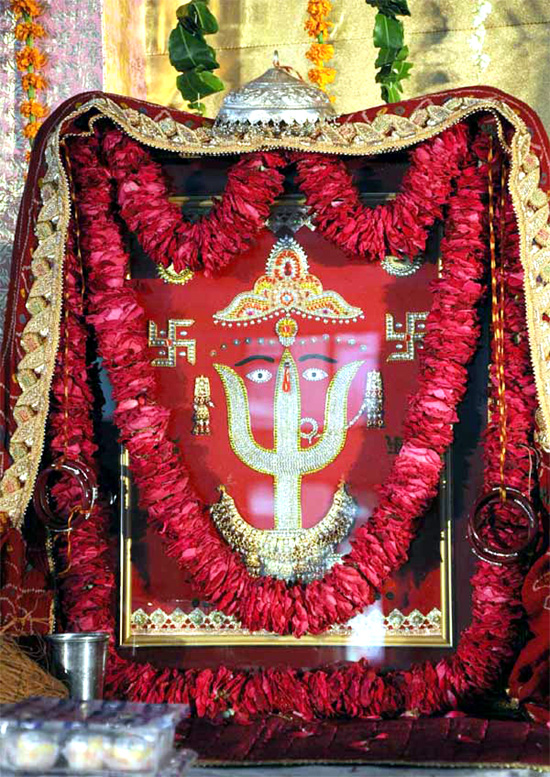
Nau Sati Ka Mela is held at Ban Ganga in Bilara town. It takes place on Chaitra Badi Amavasya (March-April) every year. It is held in the memory of nine women who became Sati at this place. People assemble in this fair to take a dip in the Ban Ganga River and also take part in singing and dancing.
Rata-Bhakar-Wala-Ka-Mela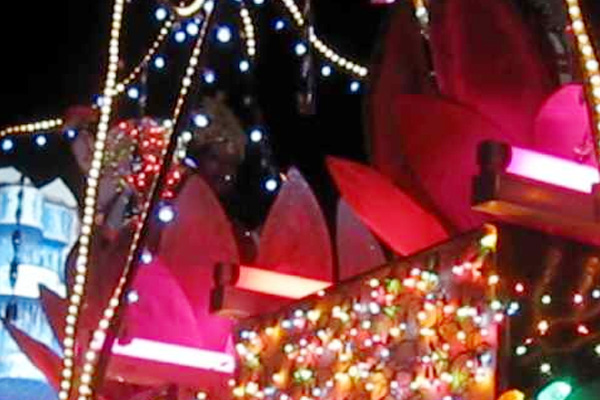
This fair is held at a village Balesar Satan (Shergarh Tehsil) in the honour of Saint Jalandharnath. It takes place on Bhadrapada Sudi 2 (August-September) every year.
Baba-Ramdeo Ka Mela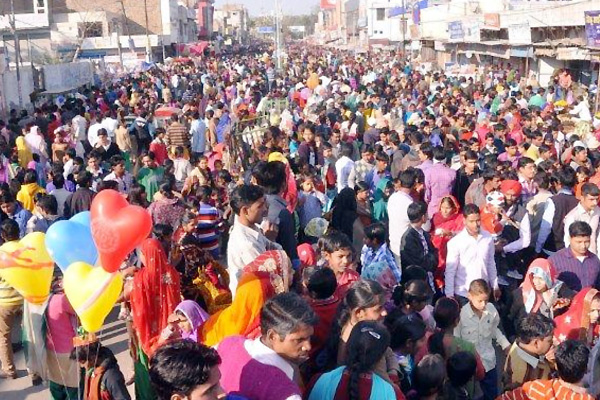
This fair is held on Bhadrapada Sudi 2 (August-September) at Massoria hillock, where the temple of Baba Ramdeo is situated.
Kaparda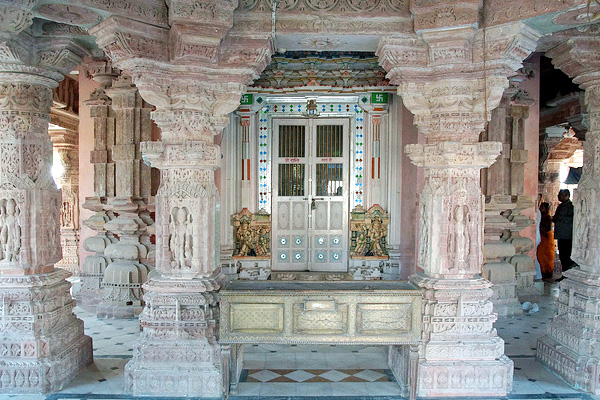
A small village in Bilara tehsil has a Parasnath Jain Temple, which was built during the period 1603-1621. This temple has idols of various Tirathankaras. A Fair is held here on Chaitra Sukla 5 (March-April) every year.
Places of Interest
Mehrangarh Fort 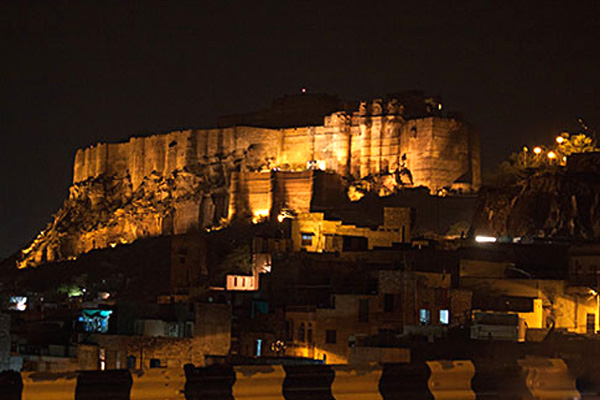
Mehrangarh Fort was founded by Rao Jodha in 1459 AD, when he shifted his capital from Mandore. Standing sentinel to the city, it over looks the rugged and rocky terrain and houses the palace intricately adorned with long carved panels and latticed windows exquisitely wrought from the red sandstone. The apartments inside the fort, have their own magic, the Moti Mahal (Pearl Palace), Phool Mahal (Flower Palace), Sheesh Mahal (Mirror Palace), Sileh Khana and Daulat Khanaand also have a rich and varied collection of palanquins, howdas, royal cradles, miniature paintings of various schools, costumes, furniture and impressive armoury. The display of cannons on the ramparts near the Chamunda temple is one among the rarest in India. The folk musicians revive the grandeur of a bygone era.
Jaswant Thada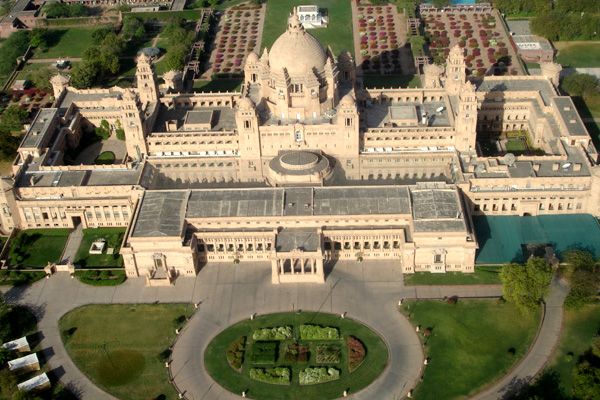
Jaswant Thada is built in the memory of Maharaja Jaswant Singh II, in 1899, the imposing white marble memorial marks the site of a royal crematorium. The cenotaph houses portraits of successive rulers. These four cenotaphs commemorate notable acts of bravery and generosity of the four successive rulers.
Umaid Bhawan Palace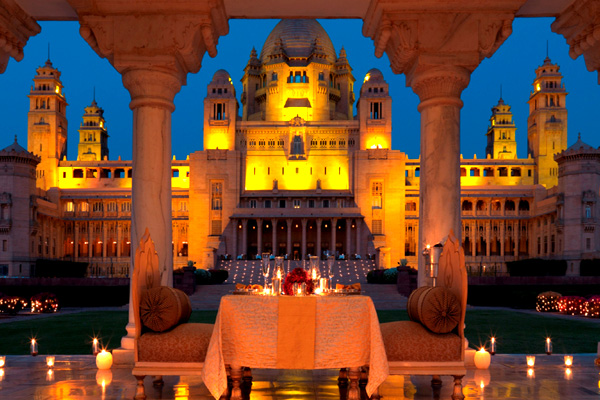
Umaid Bhawan Palace is built by Maharaja Umaid Singh (1929-1942) and is named after him. This exquisite palace is known as Chittar Palace because of the local chittar sandstone used to build it. It is a marvelous example, of Indocolonial and art deco style of the 30s. A unique feature of this palace is the fact that the hand chiselled sandstone blocks have been put together in a special system of interlocking, without mortar binding. A portion of the palace remains open to the visitors in the form of the museum, which houses model airplanes, weapons, antique clocks and bob watches, Priceless crockery and hunting trophies.
Government Museum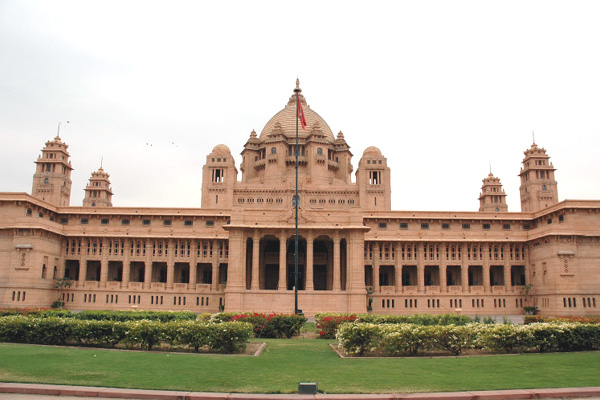
Government Museum houses a rich collection of exhibits such as armoury, textiles, local arts and crafts, miniature painting, Portraits of rulers, manuscripts and images of of Jain Tirthankaras.
Girdikot And Sardar Market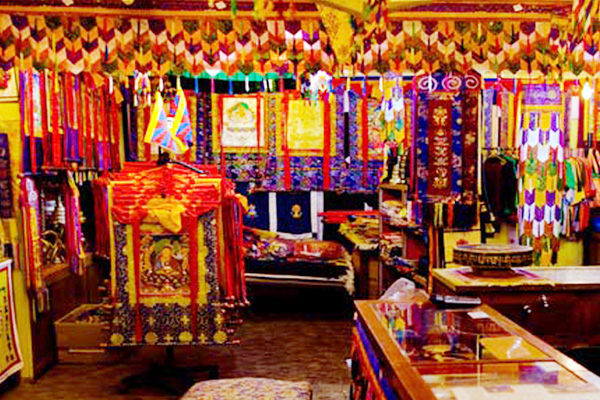
The colourful bazar, near Clock Tower, has narrow lanes dotted with tiny shops selling exquisite Rajasthani textiles, handicrafts, clay figurines of camels and elephants, marble curios with inlay work and exquisite Rajasthani silver jewellery.
Sangeet Natak Academy / Folk Art Museum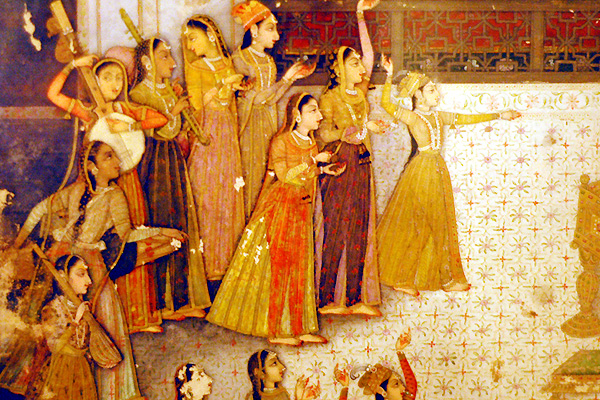
The academy is established for the upgradation, protection and development of colourful and spectacular classical music, folk music, dance and stage art. The academy has a regular stage show of folk celebration, seminar, research publication, training, scholarships, honours and awards for effective development and motivation of the cultural heritage of the city. The academy possesses a rare folk music and instrumental recording centre and has an air-conditioned sound recording studio as well.
By Premji


